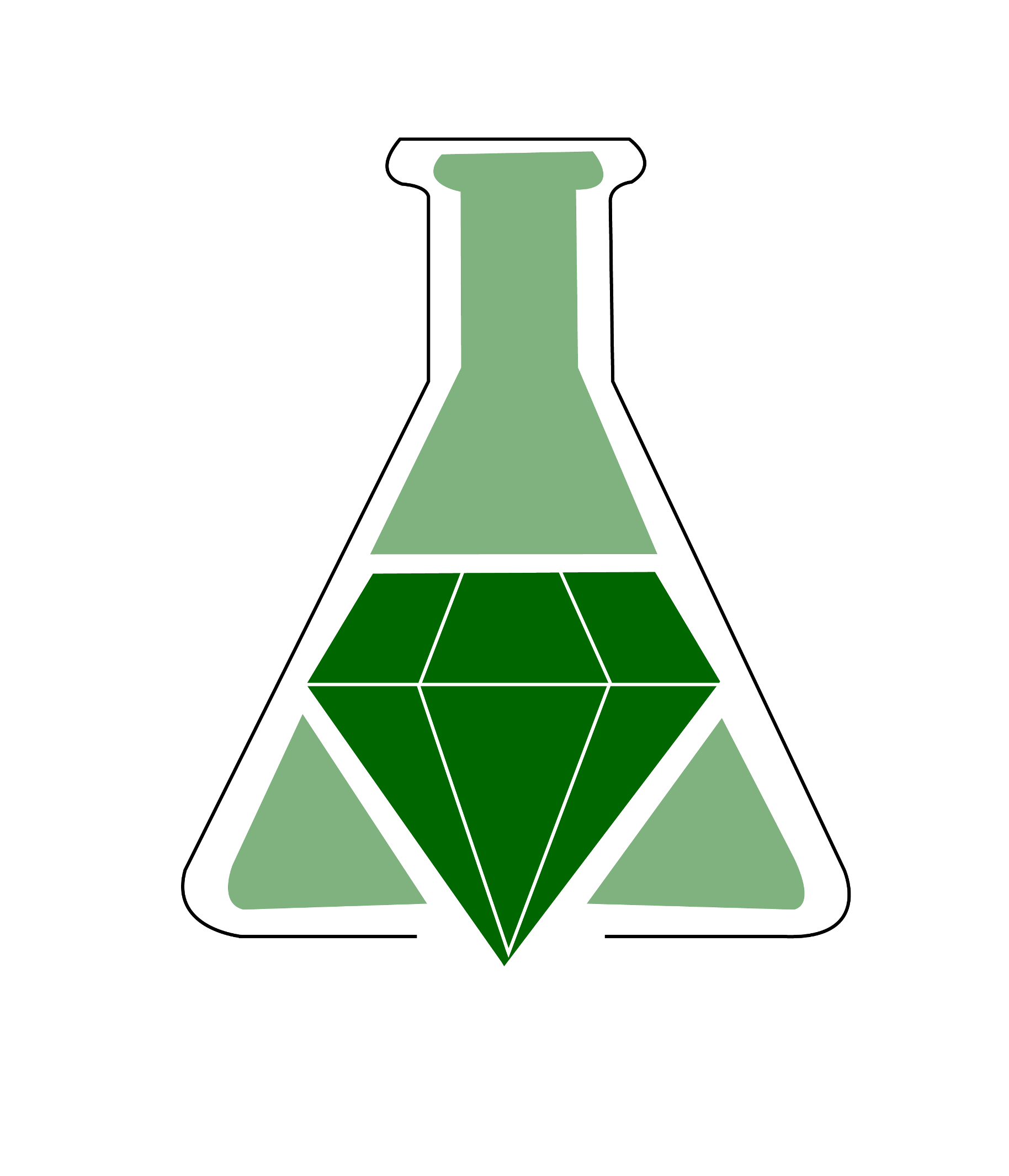Determination of the Formula of a Hydrate: A Greener Alternative

Summary
The determination of the formula of a hydrate is an experiment that introduces students to many fundamental chemical concepts including stoichiometry, the notion of a mole, and nomenclature. In this experiment, the authors replaced the previously used calcium and barium salts because the latter is considered poisonous and tumorigenic, and both were considered waste after only one use. Instead, copper salts are being used because they are less toxic, less expensive, recyclable, and produce vivid color changes (blue to brown) during the experiment. Not only are students exposed to the concept of environmentally responsible chemistry, but are asked to determine the formula of a copper chloride hydrate salt by measuring the change in mass after water is evaporated from the sample. The lab is also made safer by dehydrating the copper salt using an oven instead of individual Bunsen burners.
Supplemental information includes a materials list, pre and post-lab questions, an introduction, and laboratory procedures.
Summary prepared for the original GEMs database January 2009 by Douglas M. Young at the University of Oregon.
Determination of the Formula of a Hydrate: A Greener Alternative
Marc A. Klingshirn, Allison F. Wyatt, Robert M. Hanson, and Gary O. Spessard
Journal of Chemical Education 2008 85 (6), 819
DOI: 10.1021/ed085p819
Supplemental information includes a materials list, pre and post-lab questions, an introduction, and laboratory procedures.
Summary prepared for the original GEMs database January 2009 by Douglas M. Young at the University of Oregon.
Determination of the Formula of a Hydrate: A Greener Alternative
Marc A. Klingshirn, Allison F. Wyatt, Robert M. Hanson, and Gary O. Spessard
Journal of Chemical Education 2008 85 (6), 819
DOI: 10.1021/ed085p819
Safety Precautions, Hazards, and Risk Assessment
See published journal article
Link to external
